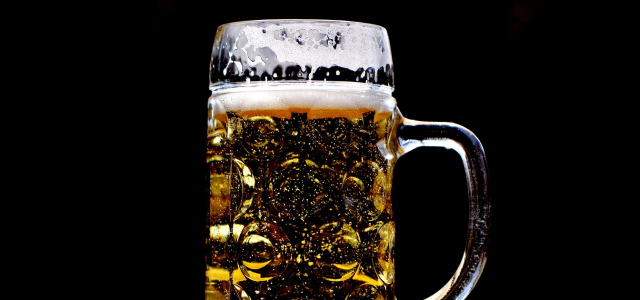
 The summary
The summary
In a groundbreaking intellectual property (“IP”) case set in provincial Ba Ria – Vung Tau (Vietnam), a Vietnamese national and company director were sanctioned for ‘infringing on industrial property rights’ of Saigon Beer-Alcohol-Beverage Joint Stock Corporation (“SABECO”). SABECO is Vietnam’s leading beer producer and famous owner of “Bia Saigon” (widely known as ‘Saigon Beer’) and “333 Beer”, which are SABECO’s most valuable trademarks. SABECO used to be under the authority of Vietnam’s Ministry of Trade and Industry but is now a subsidiary of the multinational Thai conglomerate, ThaiBev.
In addition to its obvious IP elements, the case is noteworthy from various other angles. Most prominently, this seems to be the first case of its kind in Vietnam prosecuted and brought to trial for the crime of ‘infringement of industrial property rights’ under the Vietnamese Penal Code. It also appears to be the first time in the history of Vietnamese criminal proceedings that the prosecution charged a legal entity as a criminal defendant.
The ruling
On 16 March 2023, the Provincial People’s Court of Ba Ria – Vung Tau (the “Court”) ruled against Saigon Beer and Mr. Le Dinh Trung (“Mr. Le”) in a criminal case, based on allegations of the infringement of industrial property rights. The related penalty issued by the Court fined Saigon Beer Group Vietnam Joint Stock Company (“Saigon Beer”) and Mr. Le, severally, a total amount of VND 3,7 billion (~USD 157.000). Saigon Beer has since shut down its operations.
At the same time, the Court concluded that the canned beer, beer cans, and cartons produced and circulated by Saigon Beer constitute ‘counterfeit trademark goods’. Saigon Beer’s products were found to be identical or confusingly similar to SABECO’s protected marks (e.g., ‘SAIGON VIETNAM beer’ banner, the ‘shield shape’, and the ‘dragon shape’). In addition to the criminal implications under Vietnamese law, this infraction also constitutes an act of infringement, as specified in Article 129.1 of Intellectual Property Law (“IP Law”).
The story
After quitting his long-term employment at SABECO in 2019, Mr. Le set up shop independently in Ho Chi Minh City’s District 1 under the name, Saigon Beer. To establish the business, he put up 70% of the company’s share capital while partnering with two other shareholders, who invested the remaining 30% of the total of VND30 billion (~USD 1.27m). Authorities registered the Saigon Beer brand in the name of the company and the partners signed a contract with BiVa brewery in Ba Ria-Vung Tau to produce an initial batch of 8,912 cartons of beer. 3,300 of these boxes were later sold to three different customers for a total of VND 578 million (~USD 24.600). Estimated at VND 29,000 each – heavily undercutting SABECO’s market price for its own brands – the total value of all the counterfeit beer cartons is alleged to amount to over VND 1.4 billion (~USD 59.600).
The trademarks
At the hearing, the representatives of the National Office of Intellectual Property of Vietnam (“NOIP”) concluded that SABECO’s ‘Saigon Beer’ trademark is eligible for local recognition as a ‘well-known trademark’. Industrial property rights to a well-known mark in Vietnam are established without a registration procedure, based on Article 75 of IP Law[1]. SABECO’s ‘BIA SAIGON’ trademark had already been formally protected under Trademark Registration Certificate No. 221596. Likewise, the related “BIA SAIGON & Dragon Image” is protected under SABECO’s Trademark Registration Certificate No. 225588. All three trademarks that form the substance of this case therefore enjoy protection under Vietnamese IP law.
[1] The following criteria shall be considered when judging whether a mark is “well known”:
- The number of relevant consumers who were aware of the mark by purchase or use of goods or services bearing the mark, or from advertising.
- The territorial area in which goods or services bearing the mark are circulated.
- Turnover of the sale of goods or provision of services bearing the mark or the quantity of goods sold or services provided.
- Duration of continuous use of the mark.
- Wide reputation of goods or services bearing the mark.
- Number of countries protecting the mark.
- Number of countries recognizing the mark as a well-known mark.
- Assignment price, licensing price, or investment capital contribution value of the mark.
Written by Leif D. Schneider, Senior Legal Adviser, DFDL.










